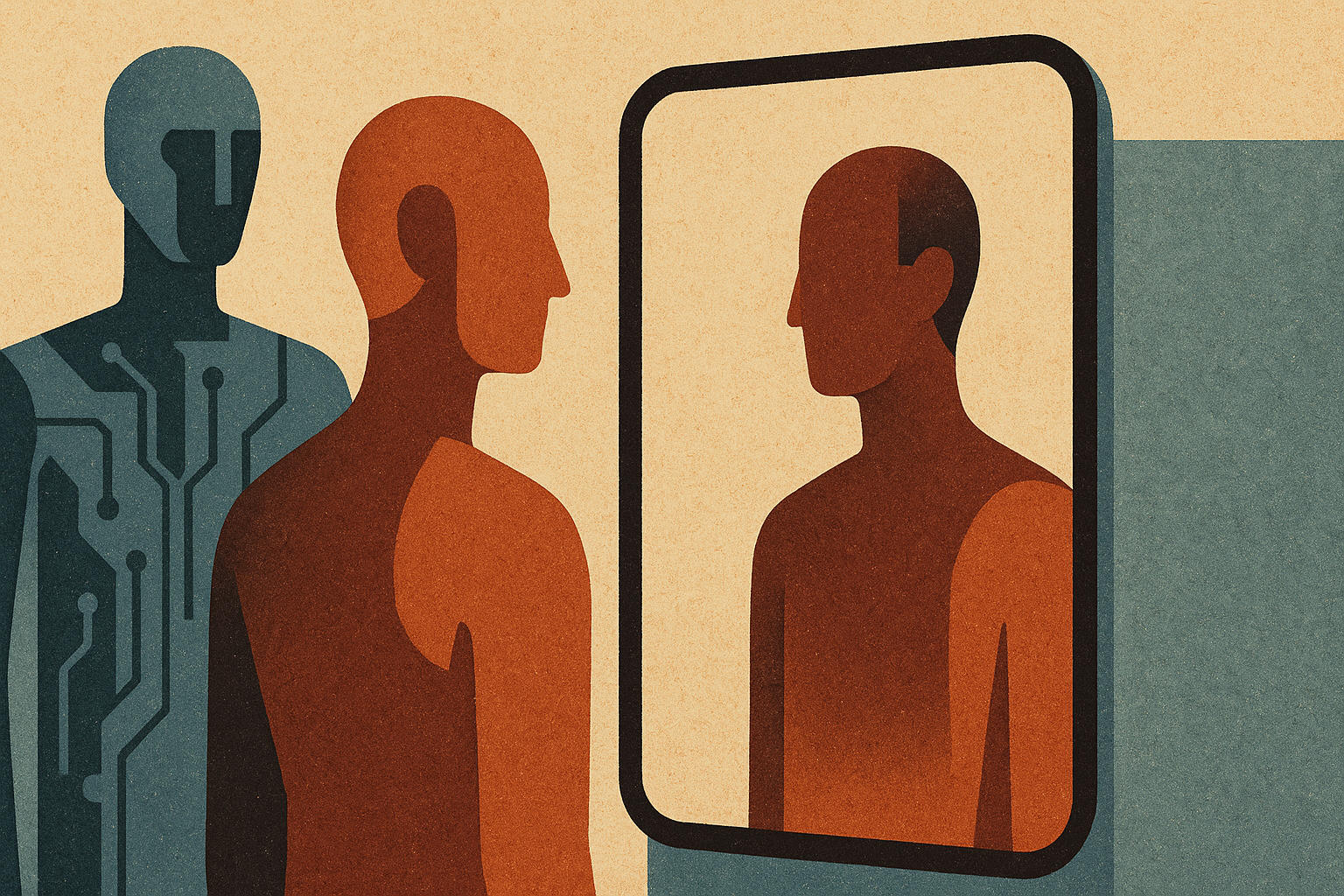If machines can make art, what belongs to whom — and what becomes of the people who make it?
AI systems now compose music, render images, and draft prose at scale. Their outputs can be striking — and commercially useful. But behind the spectacle sit unresolved ethical questions about ownership, labour, and value. These are not merely legal puzzles; they touch dignity, culture, and the future of creative work.
Authorship and Ownership
- Who is the author? Candidate claimants include the prompter, the model developer, the dataset curators, and (in some jurisdictions) no one at all. Authorship norms struggle when intention and expression are distributed across people and systems.
- Training vs output: Even if an output is “new”, it may be shaped by millions of prior works. The ethical question is whether creators of those works deserve recognition or reward when their influence is leveraged at scale.
- Moral rights and style: Artists often care about attribution and integrity. When systems mimic a living artist’s style, the result may be legal in some places yet still feel like a violation of personhood.
Consent and Datasets
Most generative systems learn from vast corpora scraped from the web. Creators rarely had a meaningful chance to consent. Ethics asks for more than technical compliance: it asks whether people had a fair opportunity to opt in, opt out, or be compensated for the reuse of their work — especially when that reuse can displace their income.
Creative Labour and Dignity
- Displacement: As workflows are automated, some roles shrink or disappear. The harm is not only financial; it concerns identity, craft, and community.
- Hidden labour: Datasets must be cleaned, prompts engineered, outputs curated, and safety filters maintained. Much of this labour is invisible and undervalued.
- New roles: Art direction, data curation, and post-production editing expand — but do they replace lost livelihoods, and on what terms?
Value, Culture, and the Risk of Flattening
When near-zero-cost images and texts flood the commons, attention becomes the scarcest resource. There is a risk that markets reward volume and sameness, crowding out slower crafts and minority traditions. The ethical question is whether speed and scale enhance culture — or erode its diversity.
Towards Fairer Practice
- Provenance and labelling: Watermarking and metadata to indicate AI involvement, aiding transparency for audiences and buyers.
- Consent and choice: Credible opt-out/opt-in pathways for training data; respectful handling of stylistic requests that target identifiable living artists.
- Shared benefit models: Collective licensing schemes, creator funds, data trusts, or revenue-share mechanisms that recognise upstream contributions.
- Human oversight: Clear responsibility for curation and publication decisions, including routes for contesting harmful or misleading outputs.
Why It Matters
Generative AI can widen access to making — a genuine public good. But if that access is built on unconsented data, invisible labour, and a race to the bottom on value, the cultural ledger will not balance. Ethical practice asks us to pair new creative power with fair attribution, fair compensation, and fair chances for the humans whose work — past and present — makes these systems possible.
